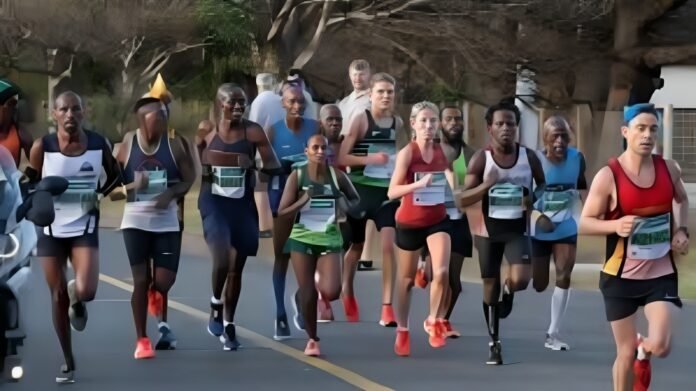Women have the upper hand against men in competitions ranging from ultrarunning to shooting sports. This defies conventional ideas about gender roles in sports and demonstrates the different strengths that women bring to different types of athletic competition.
Penny Lee Dean’s Record-Setting Swim
Penny Lee Dean’s experience during the 1978 English Channel swim shows how tough and physically strong women can be. She trained in frigid waters, putting herself through severe discomfort that she thought was essential for success. The reason why Dean could withstand such icy temperatures is because of fat distribution in a woman’s body, which balances body heat when submerged in cold water. Moreover, she claims that females possess higher levels of pain tolerance than males do; this quality may come in handy during endurance events.
Sport Performance Comparisons
Research conducted by Øyvind Sandbakk, professor of sports science at UiT The Arctic University of Norway, indicates that elite male athletes are only 8-12% faster than their female counterparts, and this has remained constant over time. However, there are some variations across different types of sport: ultra-endurance races show smaller gaps while upper-body strength-based activities such as wrestling exhibit larger ones. Sandbakk’s findings suggest that women can perform similarly to men in several competitive events, including sports shooting and ultrarunning.
Gender Bias and Access to Sports
The pool of competitors in some sports is restricted due to gender bias. Sports with “aesthetic” elements, such as artistic swimming, are often stereotyped as feminine, while martial arts like boxing are considered less acceptable for women in certain societies. This bias limits participation and skews performance comparisons. For instance, no men are participating in artistic swimming at the Paris Olympics.
Biological and Social Factors
Separating biological and social factors contributing to differences in sports performance is challenging. Unequal access to sports opportunities and societal conditioning play significant roles. Sandbakk notes that women generally excel in long-distance events due to their better pacing strategies. Competitiveness is influenced by both physiological and psychological factors, and the social environment surrounding girls can affect their competitiveness compared to boys.
Athletic Performance and Puberty
However, puberty leads to an increasing performance gap. Some studies suggest young boys have an athletic edge in track sports, although data on pre-puberty performance remains contradictory.
Women have demonstrated exceptional abilities in various sports, often outperforming men in endurance events and exhibiting unique strengths in other disciplines. As research continues to explore these differences, it becomes clear that both biological and social factors shape athletic performance, challenging traditional notions of gender roles in sports.


